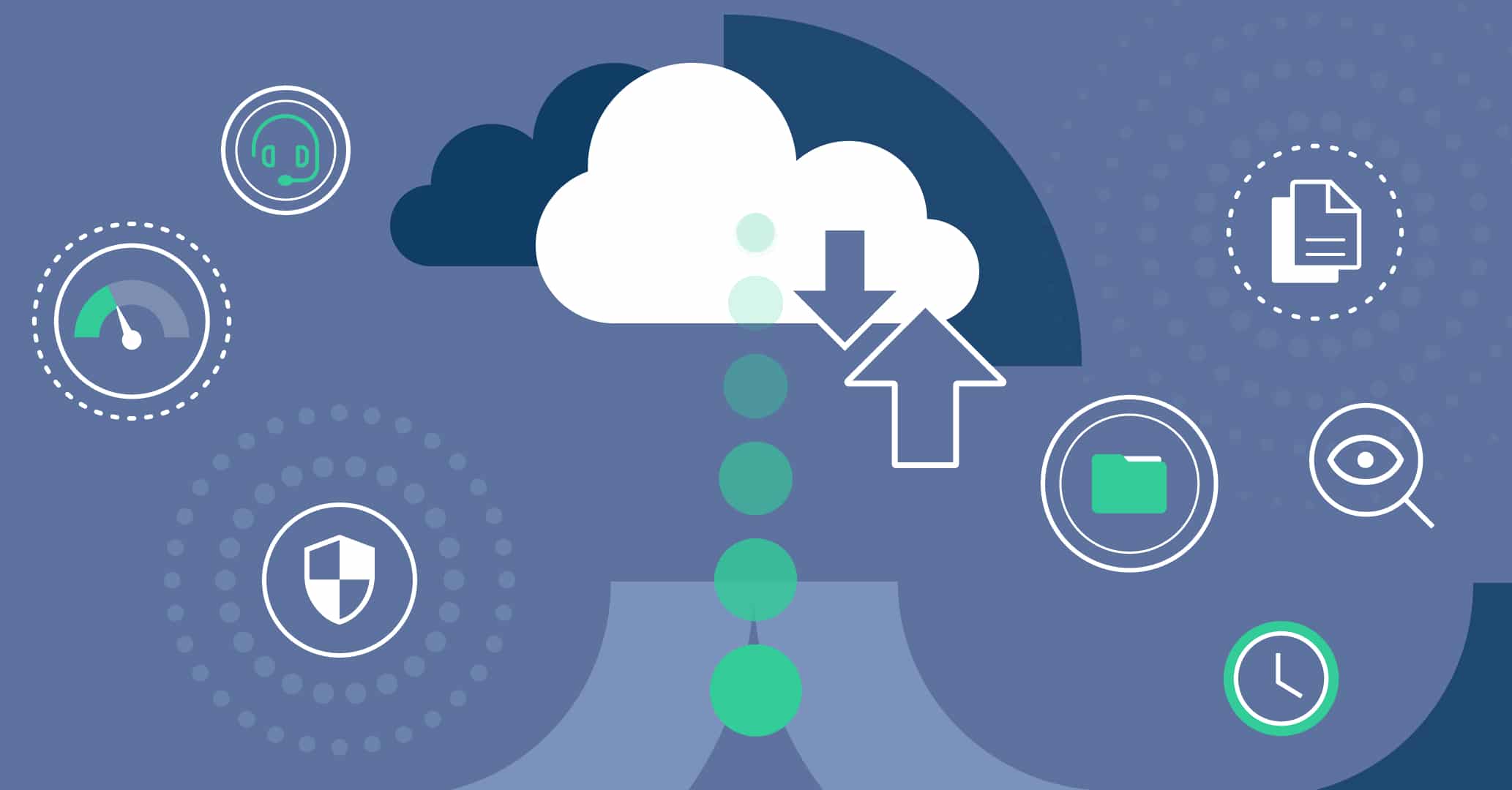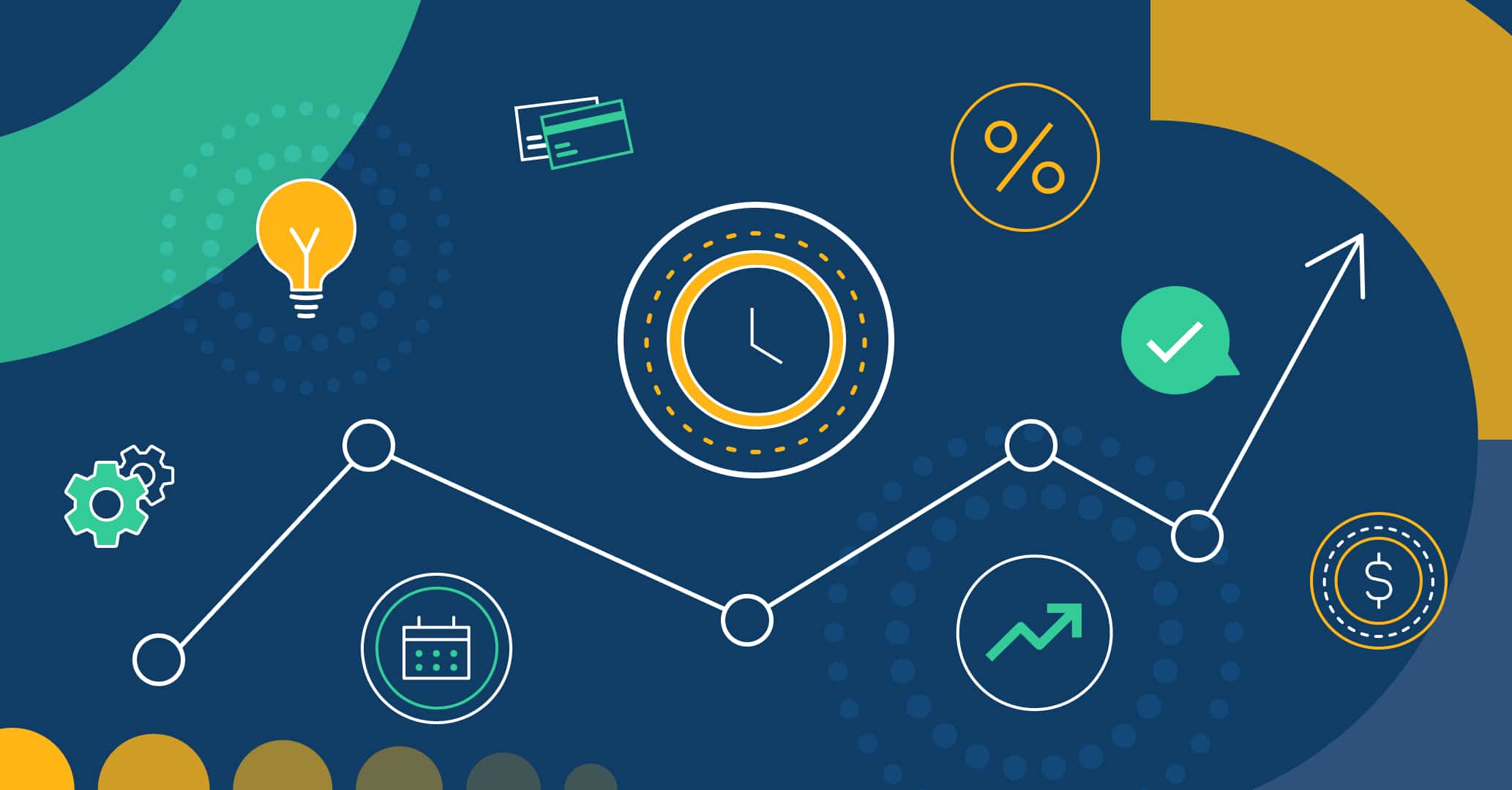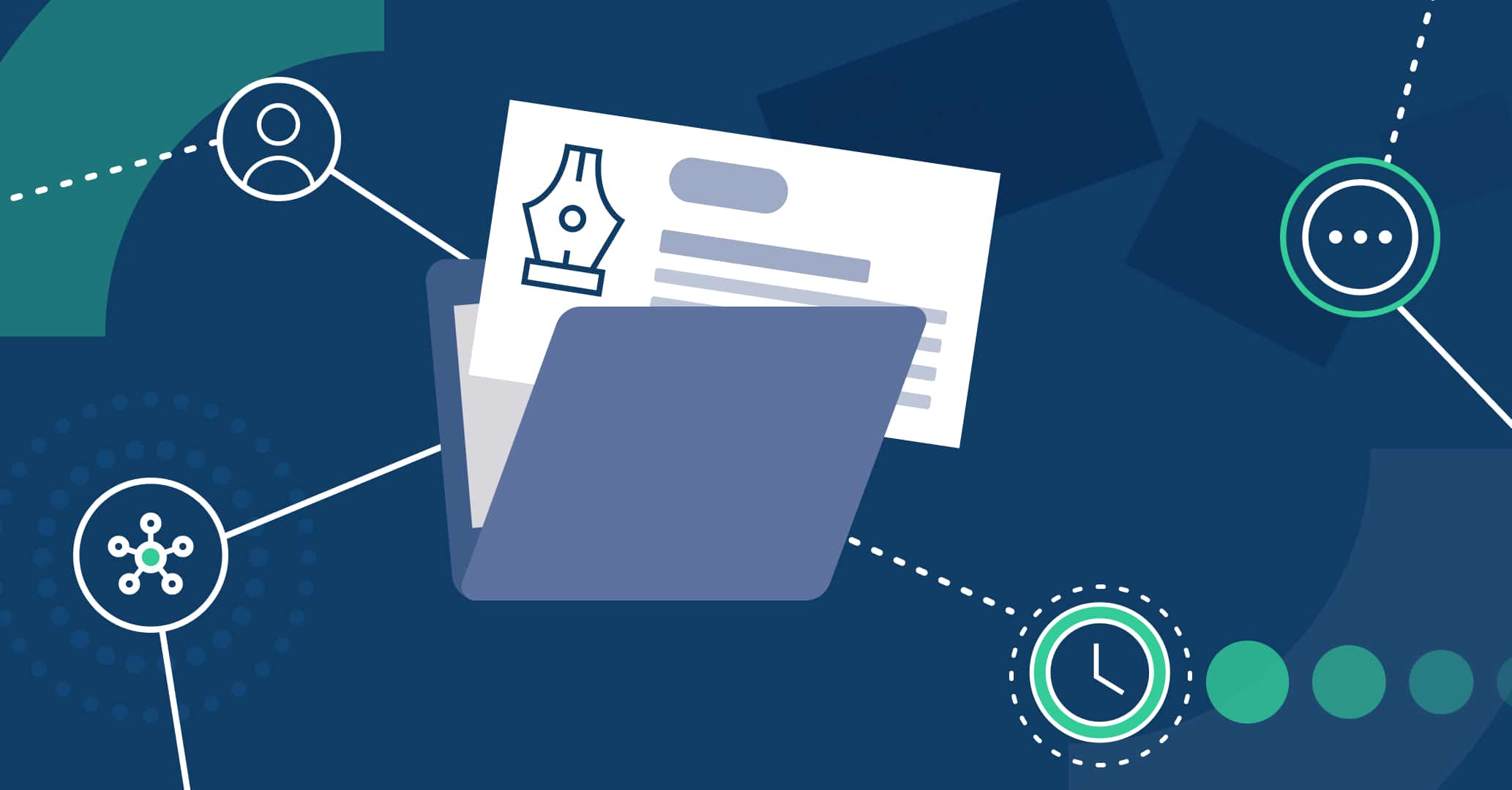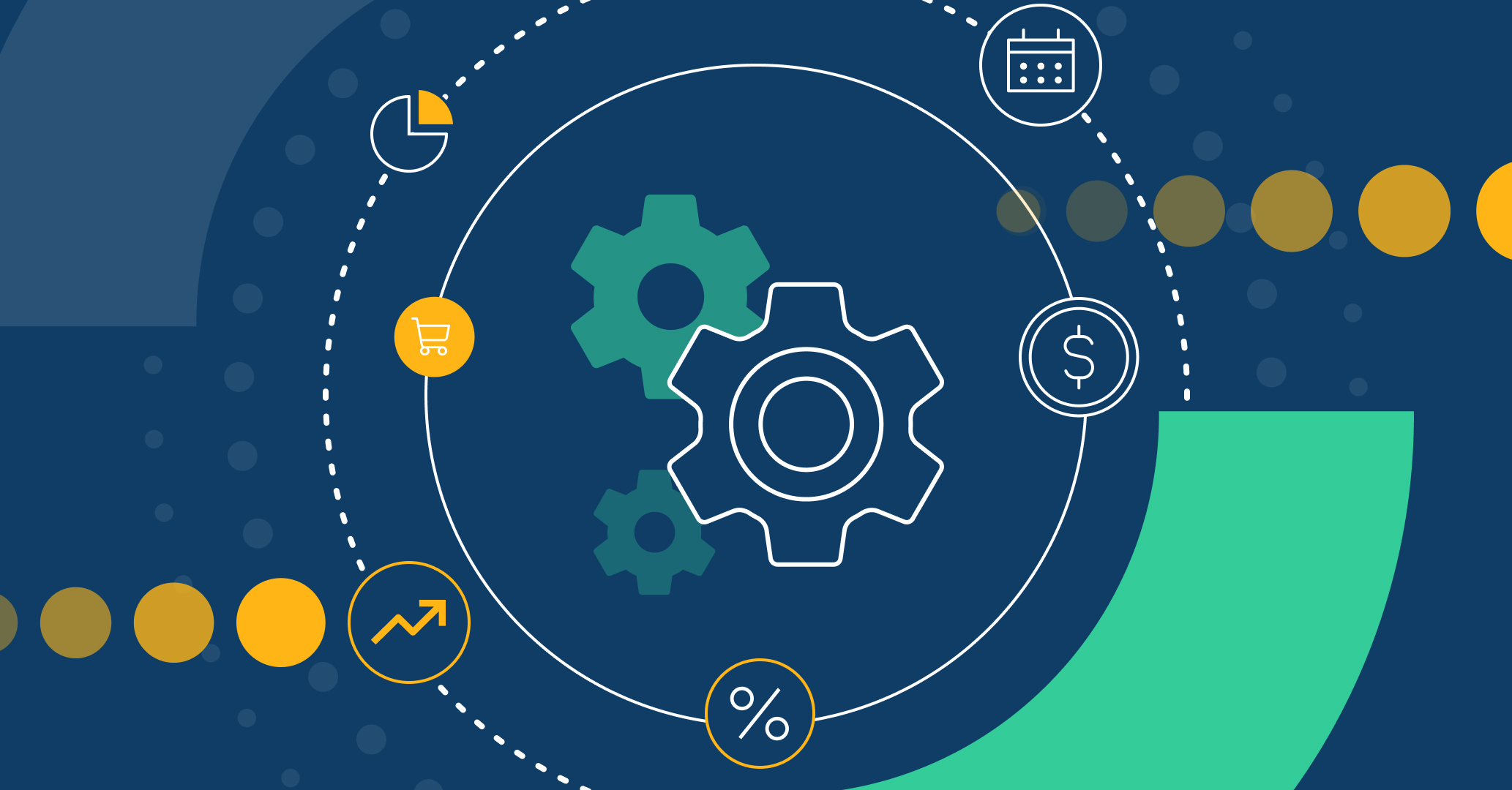Qflow BPM helps you define, manage, and automate business processes, but do you know that it uses logic gates for process flows and decision-making? With logic gates, Qflow can modify the process flow, either by generating multiple parallel paths in the process or by choosing a route among several possibilities. Furthermore, it can also adapt processes to real-time changes.
So, what exactly are logic gates, and how does Qflow use them to automate business processes? In this article, we will clarify our concepts about logic gates and dive deep into logic gates examples and use cases in Qflow.
What are Logic Gates?
Logic gates are known as the building blocks of digital devices. They perform different logical functions on inputs to assist in decision-making processes and direct outputs accordingly.
Talking specifically about business process management (BPM), logic gates help to automate complex workflows. They evaluate different conditions and then let the process take the correct path. Depending on the scenario, they direct the process to a single path or multiple parallel paths.
To better understand, let’s consider a logic gates example. In the employee’s purchase approval process, the request must be approved by both the department head and the finance team. Only then will the process head to the purchasing team to make the purchase. A logic gate makes this check, ensuring that the process only goes to the purchasing team if all the necessary conditions are met.
BPM tools like Qflow use logic gates to efficiently manage actions and tasks. This ensures that workflow automation is executed precisely based on different scenarios.
What types of logic gates exist and how do they work?
Different types of logic gates are designed to meet the diverse needs of a process. Each gate connects with various elements of the process through its connectors and then makes the decision accordingly.
The difference between these gates lies in whether the process continues using all paths, some paths, or only one after it passes through them. Here are three popular types of logic gates used in BPM:
Gate 1. Exclusive Gate
An exclusive gate gives the process only one possible path to flow. It evaluates the state of the process based on specific conditions and then directs the flow to a single path from all available options.
Qflow uses an exclusive gate to prevent the process from taking multiple routes and choosing the right path based on the condition. To better understand, consider the below exclusive logic gates example where the gate checks whether the budget request has been reviewed. Based on the condition (yes or no), the gate directs the process to one of the paths.

The unique aspect of the exclusive logic gate is that it does not generate parallel paths, as is the case with other gate options. When the process reaches the gate, a true condition makes the process use that connection to continue. However, a false condition makes the process use the chosen connection as the default connection to proceed. In situations where multiple conditions are true, the process opts for the first one to continue its execution.
Gate 2. Parallel Gate
As the name implies, a parallel gate directs the process to multiple paths simultaneously. It does not evaluate conditions to choose a single path but instead activates all available paths at once.
Parallel gates are used in pairs. The first, known as the divergent parallel gate, divides the process into multiple threads. When the process reaches this gate, it continues its execution following all outgoing connections of the gate. The second gate, called the convergent parallel gate, joins these threads, allowing all the paths in which the process was divided to converge back into one.
Qflow uses a parallel gate to represent two or more concurrent tasks in a business flow. To better understand this, let’s take the employee onboarding process as the parallel logic gates example.
When the employee is registered, the process initiates multiple tasks at the same time. The parallel gate splits the flow into three paths, i.e.:
- Granting internal system access.
- Conducting an induction.
- Holding a welcome meeting with management.

Each task progresses independently. After completing these tasks, another parallel gate merges the paths. This indicates that the induction process is completed. This way, Qflow performs all onboarding tasks simultaneously and speeds up their completion.
Gate 3. Inclusive Gate
An inclusive gate is an amalgam of exclusive and parallel logic gates. It can activate multiple paths if conditions for each path are met. Simply put, if more than one condition is met, the gate generates parallel paths for the process to continue through all of them.
Qflow uses inclusive gates in business processes where multiple conditions may be satisfied and simultaneous actions are required. To better understand this, let’s take the product launch process as an inclusive logic gates example.
In a product launch process, the inclusive gate helps to start different parallel tasks, like marketing, inventory, legal compliance, and more. Each task can begin once its specific condition is met.
Like parallel gates, inclusive gates are used in pairs. The convergent gate has properties that define when the process should continue upon reaching the gate and how to handle pending threads.
What’s new in Qflow version 5.4?
The new version, Qflow 5.4, introduces text-type application parameters in gateway conditions. Users can now direct the flow of the process based on the value of a specific parameter.
For example, you can compare the value of the ‘Environment’ parameter to skip the execution of certain integrations if its value is ‘Testing’.

Conclusion
Logic gates are essential in business processes to control the flow of the process based on different conditions or tasks. They provide the structure to evaluate conditions and direct the flow of tasks accordingly, whether it is a single route, multiple parallel routes, or multiple condition-based parallel routes.
Qflow BPM tool smartly utilizes logic gates to help manage and automate business processes, no matter their complexity. So, why think more? Try Qflow now, test out its workflow automation with a few logic gates examples, and start optimizing your business processes.






